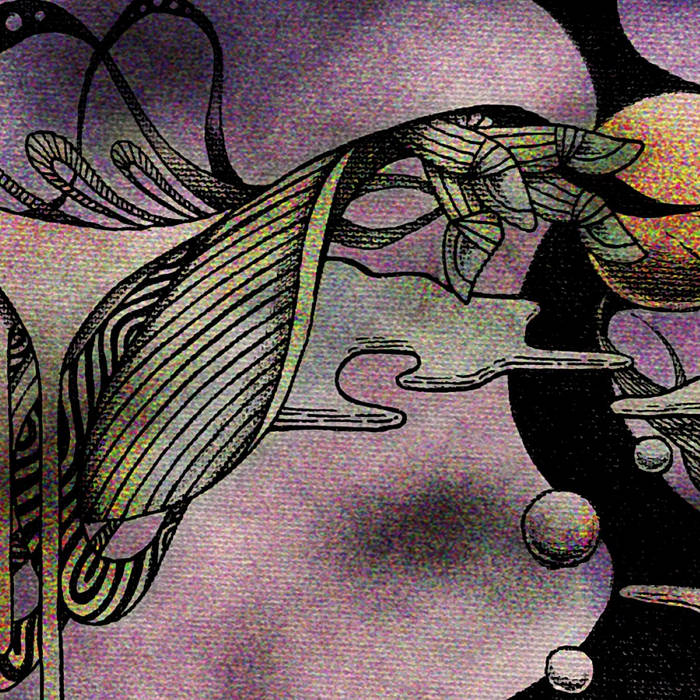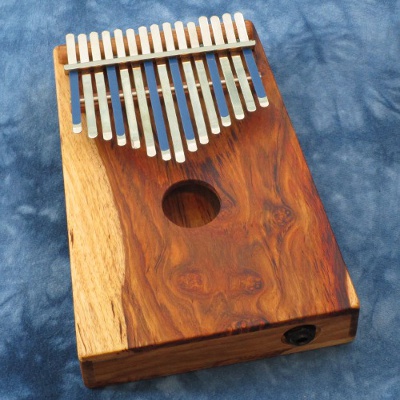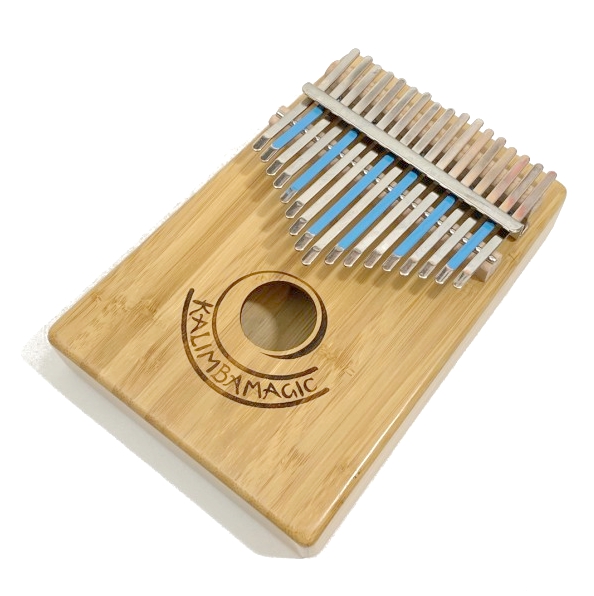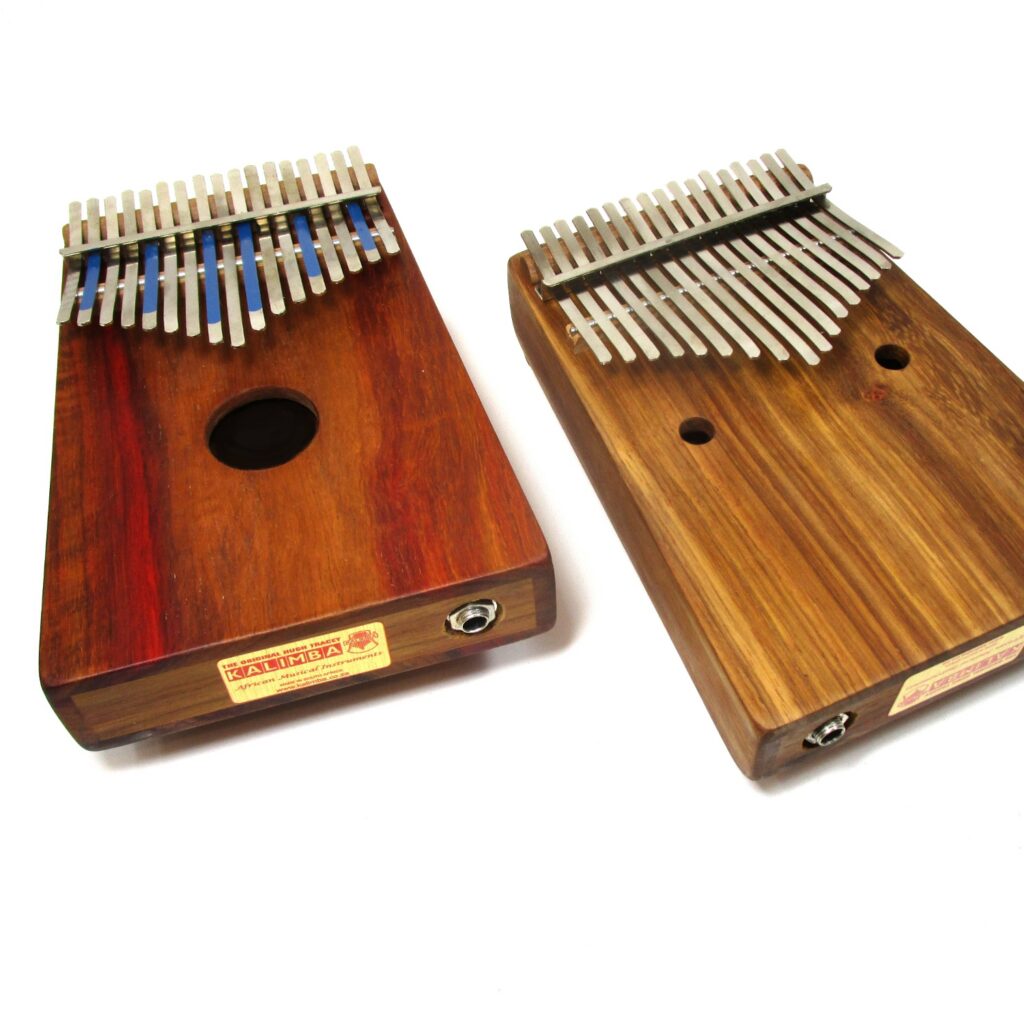
It’s the same instrument with a different tonal quality. it’s really a lot like the difference between an acoustic and electric guitar. It has a cleaner, more western sound than the original type, with a softer buzz. KM: What about the Hugh Tracey African-tuned Karimba? How does it stand up to traditional, or more rustic Karimbas (also known as the mbira nyunga nyunga)?īMW: I love the sound of this instrument, especially when it’s plugged in.
#KALIMBA MAGIC FREE#
or the Hokema Sansula (which I assert is modelled after the karimba)?īMW: I think these instruments are wonderful! I haven’t learned to play them, but I agree with the concept of providing a generic instrument that is free of any particular cultural association. KM: How do you view the non-traditional lamellaphones such as the Hugh Tracey kalimbas. BataMbira was my leap of faith in that regard.

I felt I needed to start with the traditional pieces, and now I’m searching for my own voice.

Like you, I feel like these traditions are a gift, but it is my respnsibility to bring my own voice to them. Do you agree with this assessment of where you are?īMW: I have great respect for the traditions of all the African instruments I play, from frame drums to djembe and mbira, but I don’t think I could ever be “firmly rooted” in them. You are someone who is rooted firmly in the ancestral musical traditions of the mbira and karimba instruments, looking outwards to see what else you can do with these instruments while being true to the musical traditions. I myself am coming from the point of view of a non-traditionalist – I have been given these instruments (Karimba, Kalimba) by the grace of the ancestors – the people who invented the instruments and who modified them through time – and my job is to see what I can do with them. KM: Cool – I just learned “Bustu M’tandari” last month! I learned to play “Butsu Mutandari” on that instrument! When I played it for Andy, he agreed to make me a karimba.
#KALIMBA MAGIC MANUAL#
I took some toothpicks and used them as a secondary bridge so it raised a second manual of keys.
#KALIMBA MAGIC MOVIE#
Looking back, it reminds me of the scene in the movie “Close Encounters of the Third Kind,” where Richard Dreyfus’ character is carving the mountain out of his mashed potatoes. I was determined to figure out a way to alter the configuation so I could learn to play some of the karimba tunes in the back of Paul’s book. It had two ranks of keys set side by side. In the meantime, a local music teacher had given me a Nigerian lamellaphone with keys made of rattan.

I hounded Andy to make one for me, but time and again he refused. Andy was an art professor who had made an instrument from descriptions and photos in Paul Berliner’s book, “The Soul of Mbira.” I had taken Berliner’s course in jazz history while working on my masters degree at Northwestern University in the late 1970s and immediately recognized the instrument. I was in a group touring and performing Cage’s music when one of my colleagues showed me an mbira dzavadzimu made by Andy Cox. It was those pieces written from 1935 to 1943 that piqued my curiosity about percussion instruments from various world cultures, particularly from Africa.

Cage used percussion instruments from around the world in his early works for percussion. I came to “world music” through John Cage, who was the subject of my doctoral dissertation. Michael Williams, in his own words:īMW: I’ve taught percussion at Winthrop University for 22 years. KM: Here is your introduction to percussionist and scholar B. Michael Williams is a lover of mbira, karimba, and traditional African musics. Interview with Scholar and Mbira/Karimba Artist B.


 0 kommentar(er)
0 kommentar(er)
